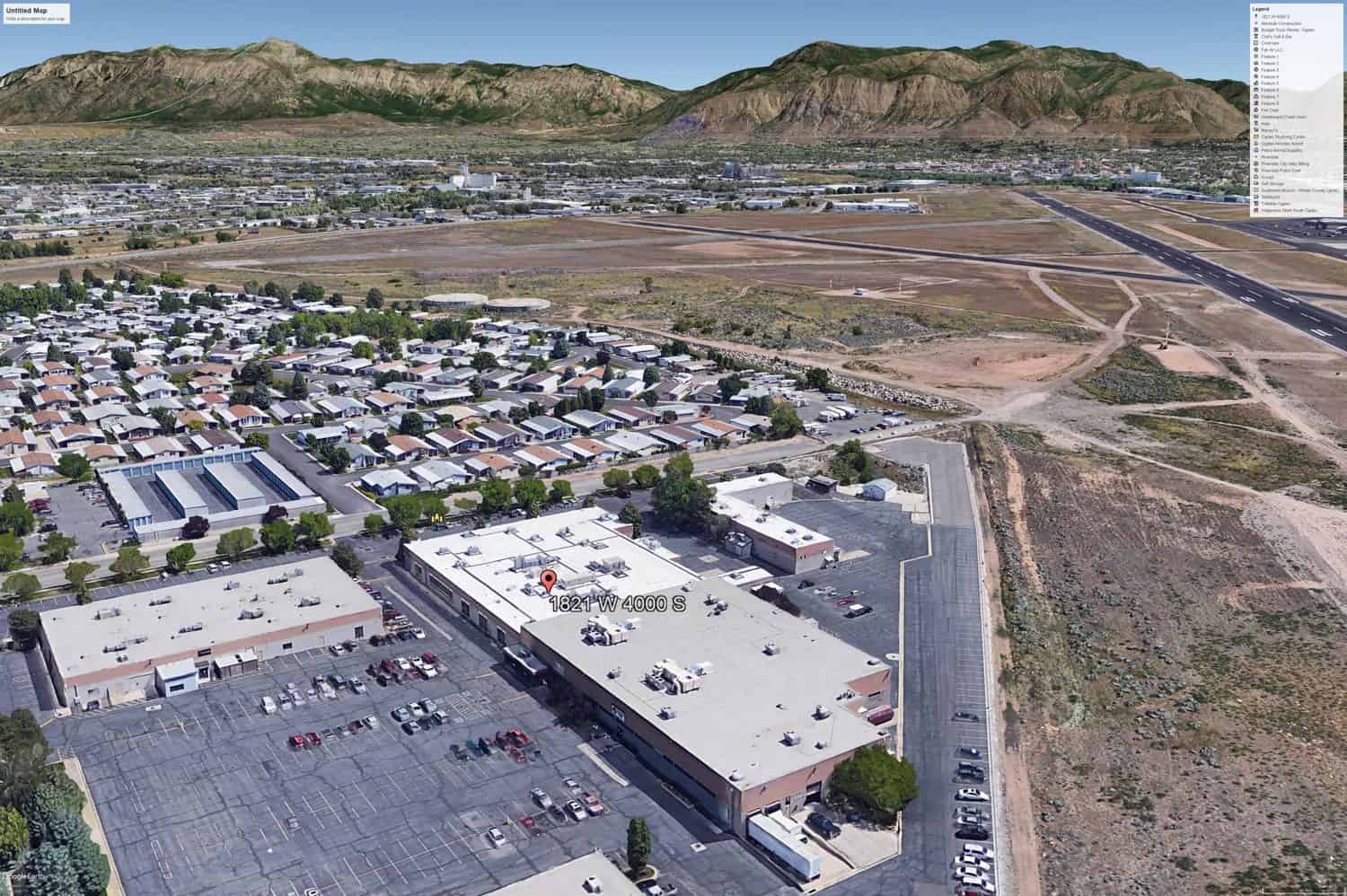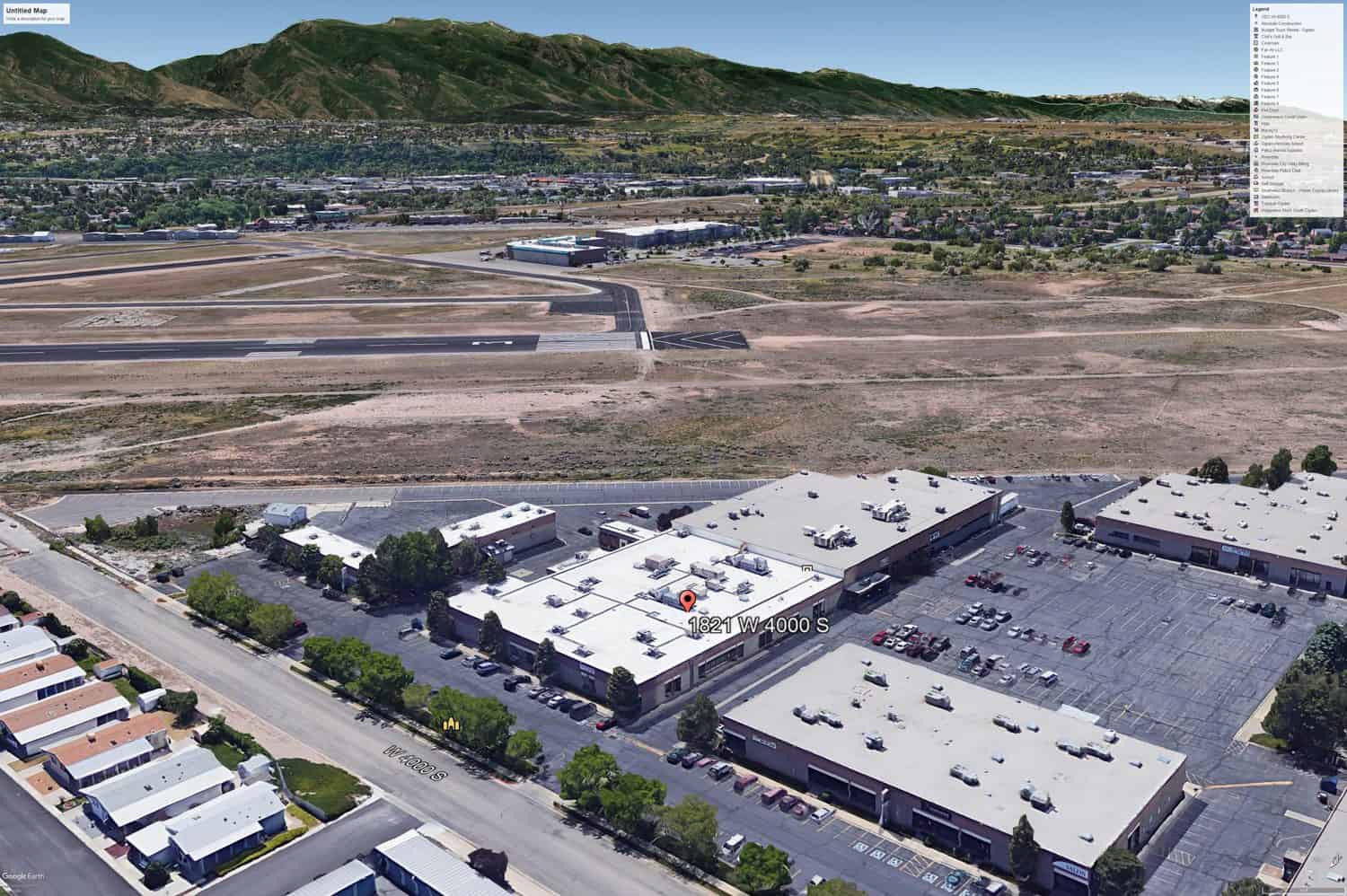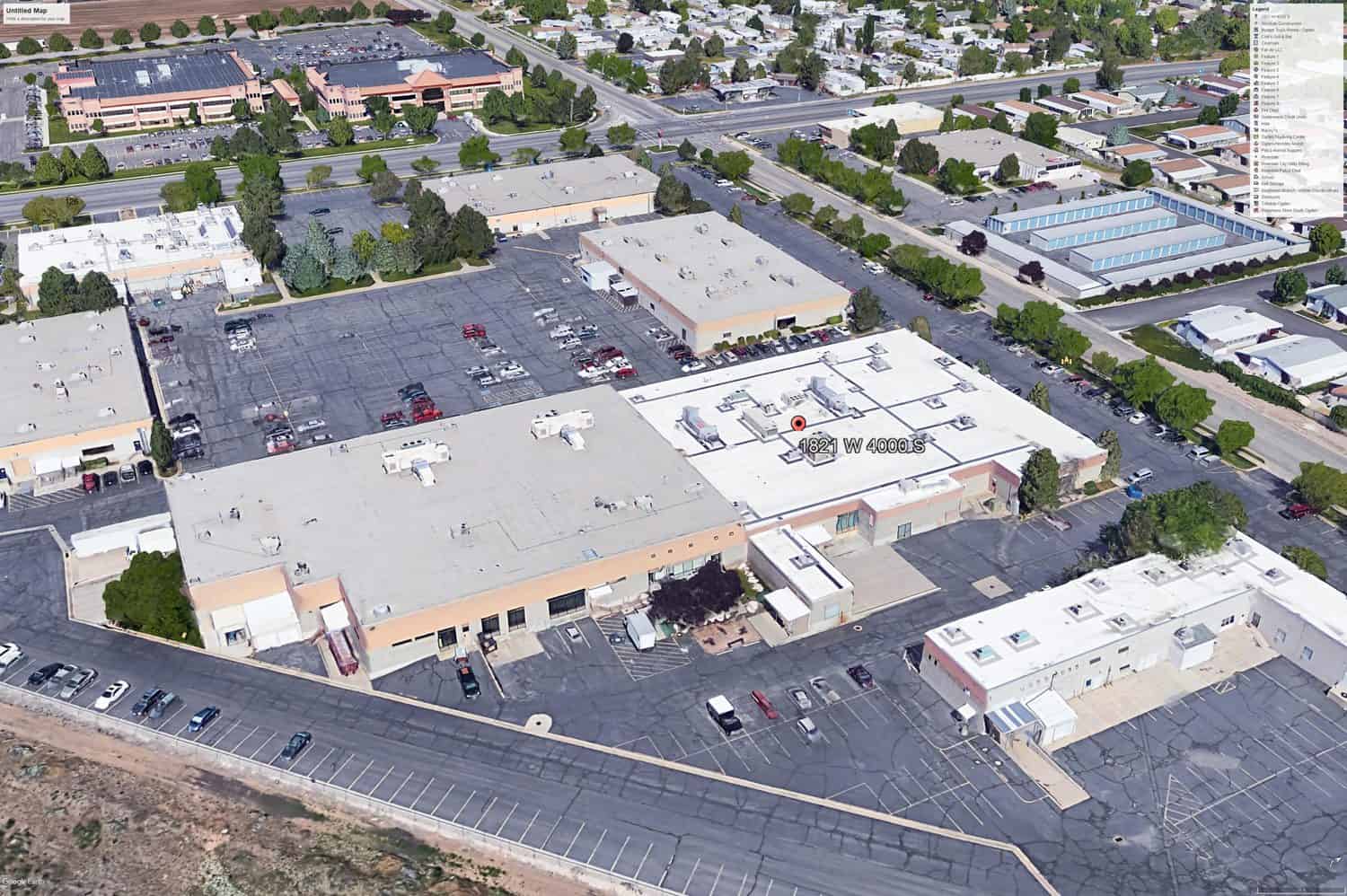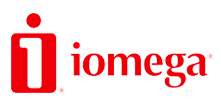 Iomega Part 1 - the ZIP
Iomega Part 1 - the ZIP
14th June 2021
Hark back to any year before 1995 and you would be forgiven for not knowing this company.
Iomega started back in 1980 designing and manufacturing high-capacity data storage products. Their most popular product range was the Bernoulli Box and associated Bernoulli disks which had capacities of 5, 10 and 20 MB (megabytes) and were physically massive. Since these were SCSI they tended to only exist in business circles. They were also extremely expensive - the 10 MB Bernoulli Box retailed for $2,695 and a $4,650 for a version with two 20 MB cartridge drives in 1985.
But I want to start this article from when most of you will have first heard of Iomega - the start of their rise to prominence with the launch of their 100 MB "ZIP" drive which was 1995! Having been announced in early 1994, it finally went on sale for $199 USD.
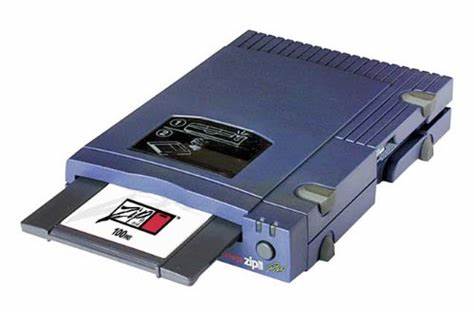
Iomega's ZIP Drive with a 100 MB ZIP disk (1995)
When it was introduced in December 1994, as I recall it was the external parallel port version that was first to market. Advertised as compatible with both Macintosh and PCs running Windows, OS/2 or DOS, the parallel port version was also the slowest. According to the official Installation Guide, the ZIP 100 (parallel port version) could run in three data transfer modes, each offering a different speed. The supplied Iomega software would automatically select the most compatible mode but this also meant it ran at the slowest speed. You could then run the Parallel Port Accelerator utility which would setup your system to run the device at the fastest speed your hardware could handle. Regardless of mode, writing to a ZIP was always quicker than writing to a standard floppy disk - this was due to the much faster spindle speed that ZIP drives ran at.
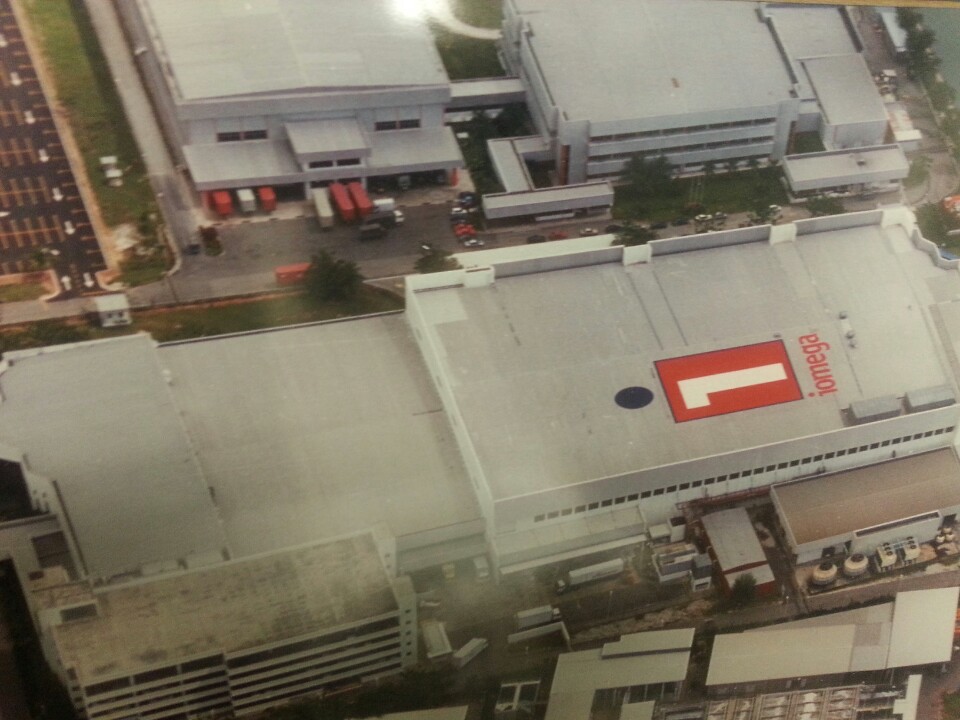
Iomega's headquarters in Roy, Utah in 1985 (top),
and in June 2021 (below). Right beside Ogden-Hinckley Airport
Iomega held a 5-acre site at 1821 West 4000 South in Roy, UT (about 1 hour north of Salt Lake City) until July 2001 when they axed about 1/3rd of their staff and moved to new premises in San Diego, CA. In the first 15 months of the ZIP launch, over 2 million units had been shipped, far outpacing even their most optimistic projections.
Several nice little features of the external drive were (1) the window on the top which meant you could read an inserted disk's label without ejecting it, and (2) the two sets of rubber feet to allow you to have the drive sat down or on its side, though it did look a bit odd when sat down, as in the picture above.
With your purchase of a ZIP 100 drive you would of course also receive a single 100 MB ZIP disk bundled in, which was a similar size to a 3.5" floppy disk, but fatter and more rugged. Additional 100 MB disks at the time would set you back $19.95 USD each (about $5 per MB) and were available individually, or in packs of 5 or 10. You could also buy 25 MB disks for $9.95 each. In the UK, the ZIP 100 drive went on the market with a price tag of £150 and £15 per 'cartridge'.
Another great thing about ZIP drives was that in Windows at least, the drive showed up in Explorer just like any other floppy drive, so it was pretty easy to get going and use for existing PC owners.
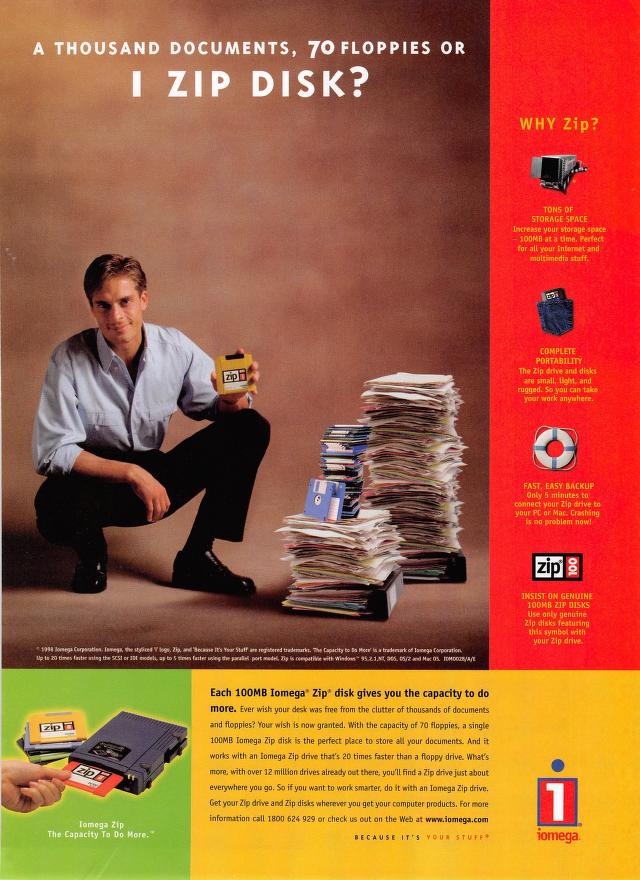
An advertisement for
the Zip 100 in July 1998
The Click of Death!
As early as January 1998, reports started coming in of anomalies in ZIP 100 drives caused by misalignment of the drive's read head. The head would repeatedly hit the end of its travel in order to locate track 0 on the ZIP disk (remember Commodore 1541 disk drives anyone?). If you installed the Iomega Tools software on your PC you could right-click on your ZIP drive icon in Windows and choose Properties, then go to Diagnostics to test if your drive head alignment was good.
One serious problem with the misaligned heads in the drive is that it would cause the disk being 'read' to also misalign, causing it to become unreadable in that and other ZIP drives. You basically lost your data. Not only that, but inserting your misaligned disk into a good ZIP drive could easily cause the good ZIP drive to then get its heads misaligned, thus propagating the issue.
Fortunately, this only tended to occur with early ZIP 100 drives, though there was still a class action lawsuit, eventually settled in 2001, with those affected receiving rebates on other Iomega products.
ZIP 250 Is Born
By 1999, Iomega had managed to squeeze 250 MB on a disk, but this required a new ZIP drive. ZIP 250 was fully backward-compatible with ZIP 100, so a ZIP 250 could read and write to ZIP 100 disks. The ZIP 250 sold for $180 USD, and each ZIP 250 disk could be bought individually for around $15 USD.
Like its forebear, it ran over a parallel interface, so was still pretty slow but compared to the ZIP 100 it was much faster. Sadly, due to technical differences in the internal interface, writing to an old ZIP 100 disk using a ZIP 250 was actually slower than a ZIP 100 drive could write.
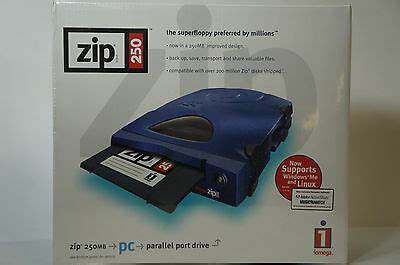
ZIP 250 Parallel Port Drive (1999)
The ZIP 100 and ZIP 250 parallel port drives were actually internally a SCSI device, which had a built-in SCSI-to-parallel port converter chip. So it was logical for Iomega to also release dedicated SCSI variants of both their ZIP drives, both external as you see in the images above, and internal which fitted in a 3.5" floppy drive bay. Data transfer rates were around 1.4 Mbps (megabits per second), or around 175 KB/second. The SCSI variants were most commonly sold to Mac owners, since that interface was more prevalent on consumer Macs than on consumer PCs.
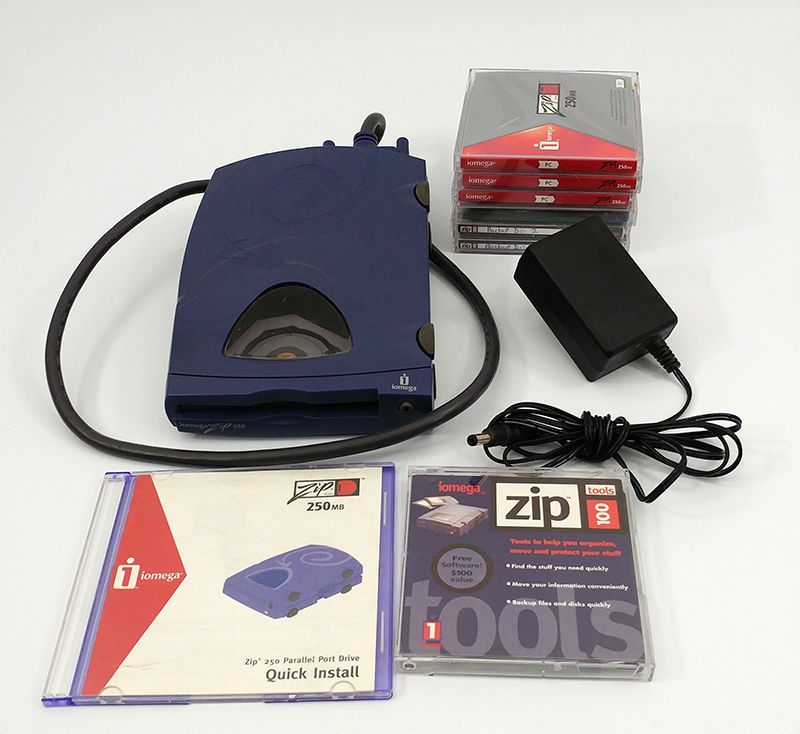
A ZIP 250 Drive with AC adapter and spare disks
USB version 1.1 models followed soon after, as did internal IDE/ATAPI ones which were popular with some OEM PC-compatible manufacturers for their off-the-shelf 486 and Pentium PCs. Dell were known to have ZIP drives installed in their PCs as standard during this period.
By 1998, SyQuest, Iomega's largest competitor for many years, had been struggling with the increasing use of CD-R media in their own customer base as well as the prevalence of Iomega disk use in the Small Office-Home Office (SOHO) market, and eventually filed for bankruptcy in August of that year. They were acquired by Iomega in January 1999.
ZIP 750
In 2002, Iomega launched the last of the 'original' ZIP drives, the ZIP 750. Yes, you've got it... it supported ZIP disks of 750 MB capacity! For the first time a ZIP disk had a larger storage capacity than a CD! The cost to buy a ZIP 750 at the time was $180 USD which was reasonable, and the 750 shrewdly remained fully backward-compatible with ZIP 250 and ZIP 100 disks.
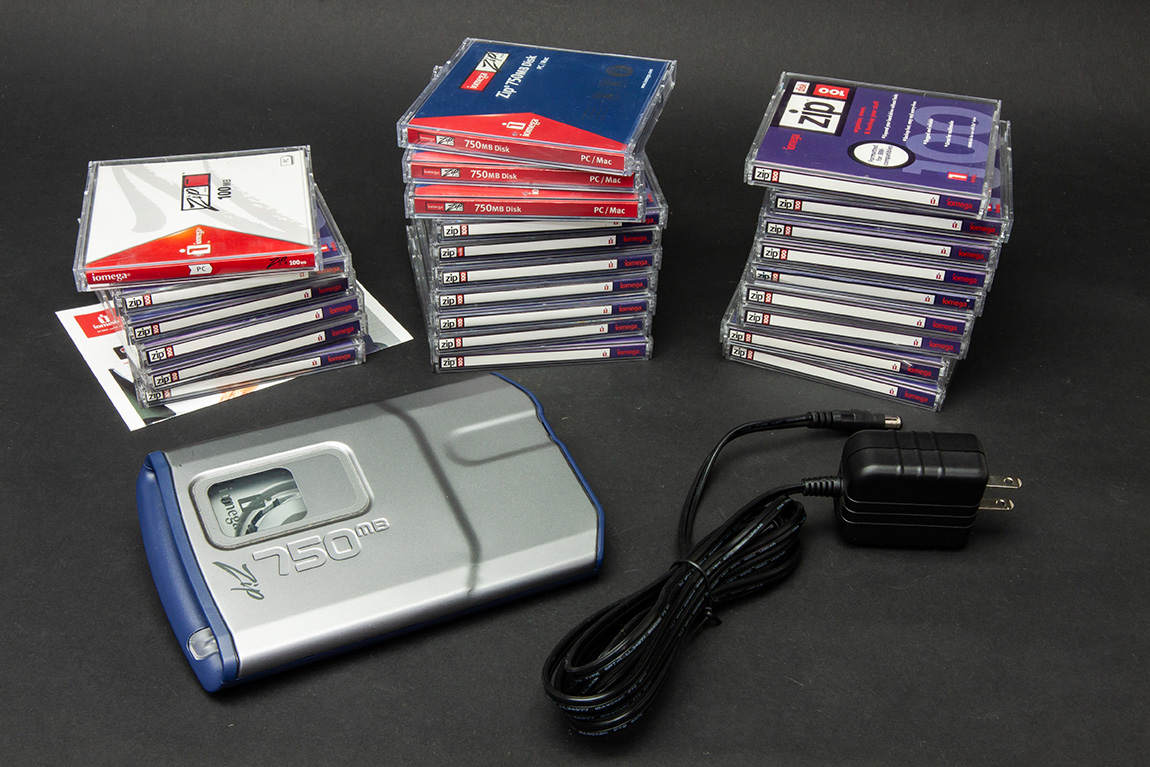
A ZIP 750 Drive with AC adapter and spare disks
The ZIP drive was strangely not always in a power struggle with optical media (CD-ROMs and the like) as you might expect. At its launch in 1995, we only had CD-ROMs in our PCs. We wouldn't be able to burn (write to) our own discs until a few years later, and even then it was expensive to do so. There was a key difference also in that early writable optical media was limited to write-once. Once a CD-R (CD-Recordable) disc was burnt you couldn't overwrite that section, so ZIP drives that behaved much the same as traditional floppies worked well in this regard, and were much more convenient for frequent large file transfers and short-term storage.
Zipping Up...
The ZIP disk was typically used as a mid-to-large capacity backup medium. But as time moved on, DVD-R (write-once) optical media with its much higher 4.7 GB capacity, and later DVD-RW (rewriteable), finally put an end to Iomega's prominence, usefulness and cost-effectiveness. That, and of course the rise of USB and portable storage with no moving parts that could wear out.
Huge credit though to a company who took a simple idea and through great marketing, investment and perseverence, pretty much surplanted the age-old 3.5" floppy disk format as the de facto standard for low capacity media in a PC. As mentioned above, it was to be somewhat shortlived with optical media as an emerging threat on the horizon, but looking back it is amazing to think that the big tech companies such as AST, Dell, Compaq, Toshiba and others at the time couldn't club together to standardise a next-gen media to be the next 3.5" floppy equivalent. Iomega take the crown for achieving that.
In Part 2, I will explore the Jaz and Ditto drives!

